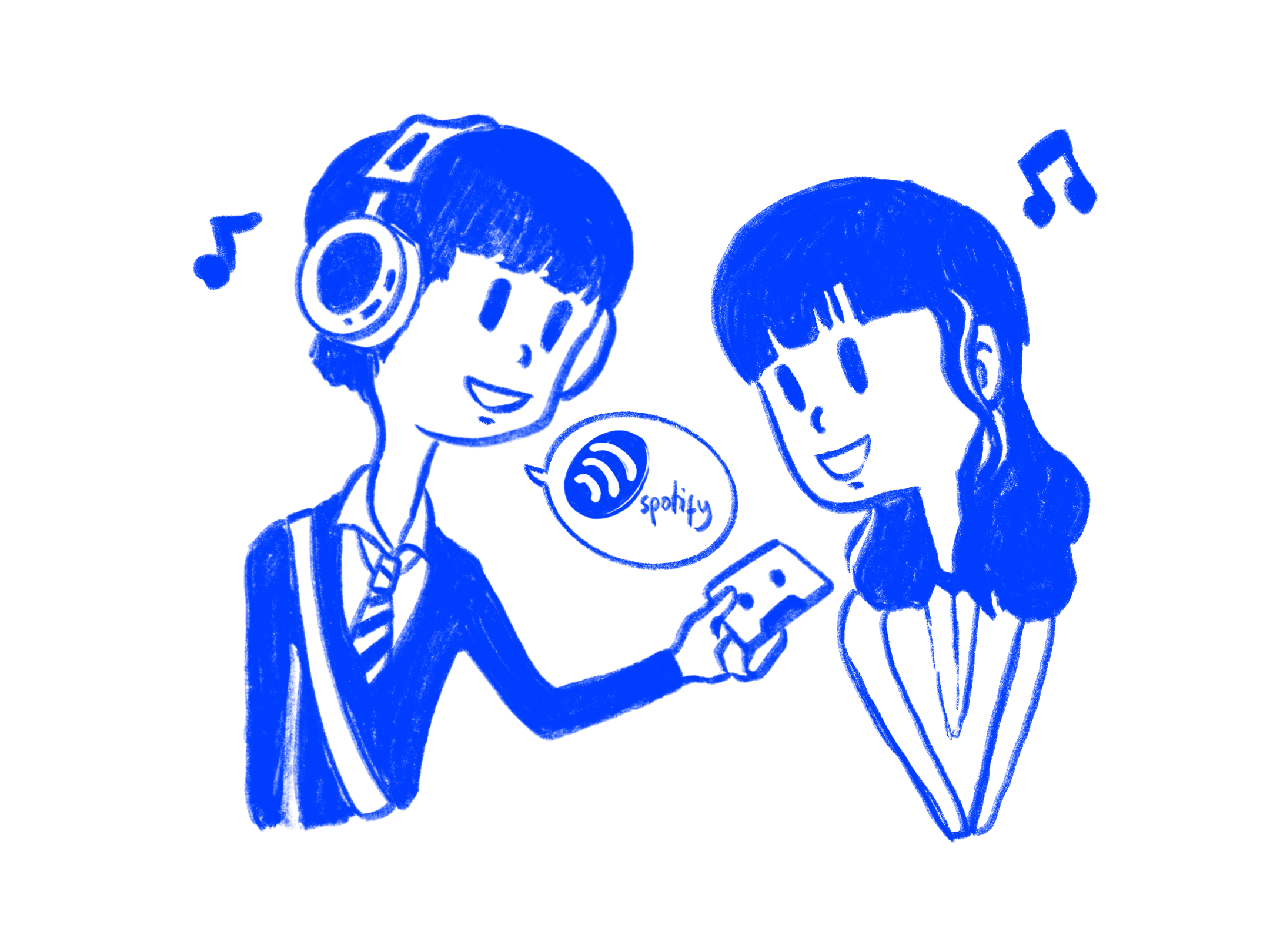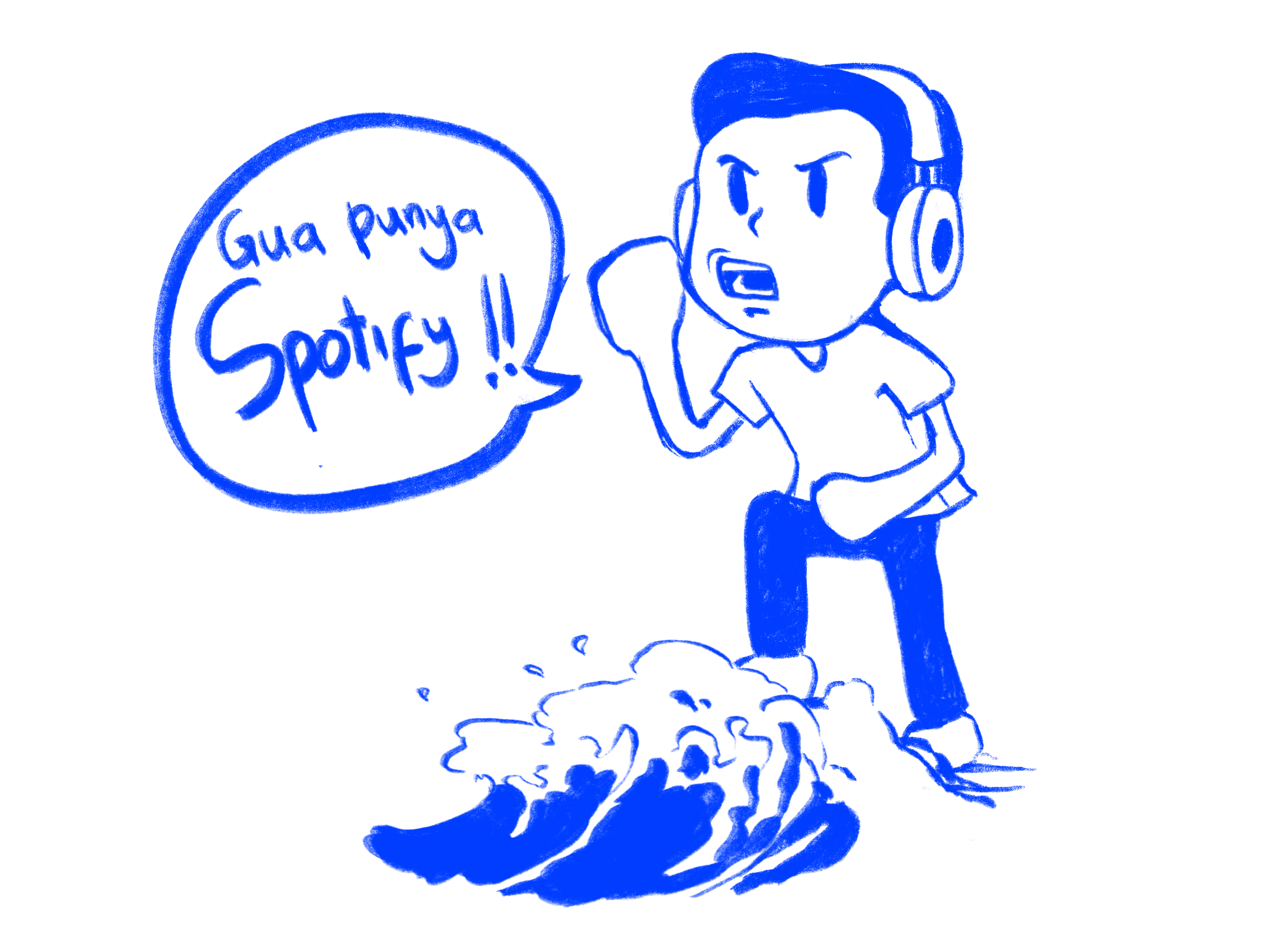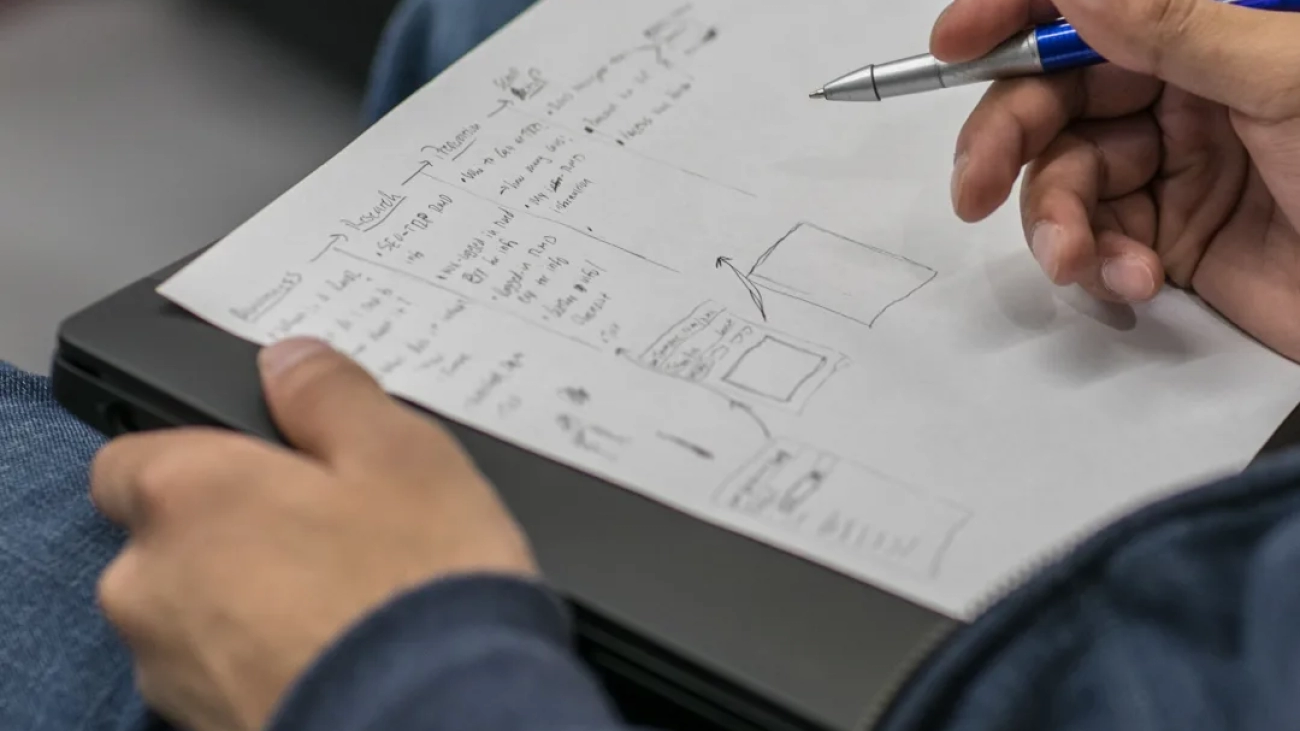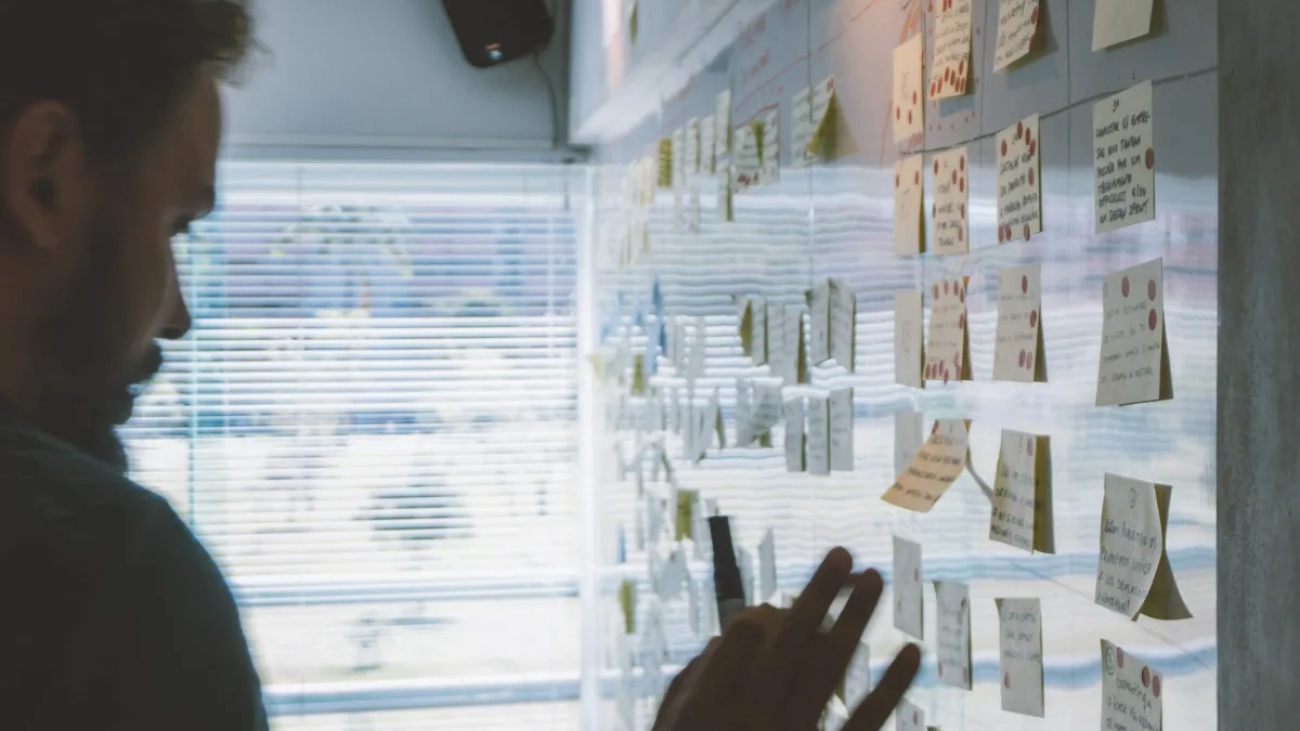Does your company consistently publish an annual report, but it always feels like a copy-paste from previous years?
As a comprehensive document encapsulating a company’s journey over the past year, an annual report is intended for shareholders and other interested parties. It doesn’t just summarize the company’s gains and pains but also the obstacles and solutions undertaken. It is packed with essential content, from general information to reports from directors, operations, financials, and policies.
To present this comprehensive information effectively, an annual report must be written skillfully and beautifully, ensuring that key points are conveyed transparently to shareholders. However, is transparency alone enough to keep shareholders’ attention on your report?
Since there is no guarantee that a lengthy document will be read thoroughly to the end, which could mean that your company’s valuable insights and brilliant ideas remain trapped in an unappealing report.
But worry not! As designers who have worked on various projects, including corporate annual reports, we have a few tips you can apply when planning your company’s annual report.
1. Structuring the Report Flow with the “Dough Logic”
To create a more appealing report flow, you need to pay close attention to the structural organization of your report. We call this the “dough logic.” Just like dough that needs to rest after kneading to be processed optimally, a report should also allow its audience to take breaks from lengthy texts to avoid information fatigue.
A heavily text-laden report can be overwhelming for shareholders, making it just as important to provide breaks as it is to provide crucial information. Give them a visual pause with a refreshing design that is not necessarily complex or avant-garde. For instance, well-placed white space and color blocks can create a visually appealing rhythm.
Take the annual report of Indonesia’s National Research and Innovation Agency (BRIN) as an example. It allows readers to take mental breaks from dense scientific information by using bold yet muted colors in between sections.
2. Playful Yet Professional Layouts
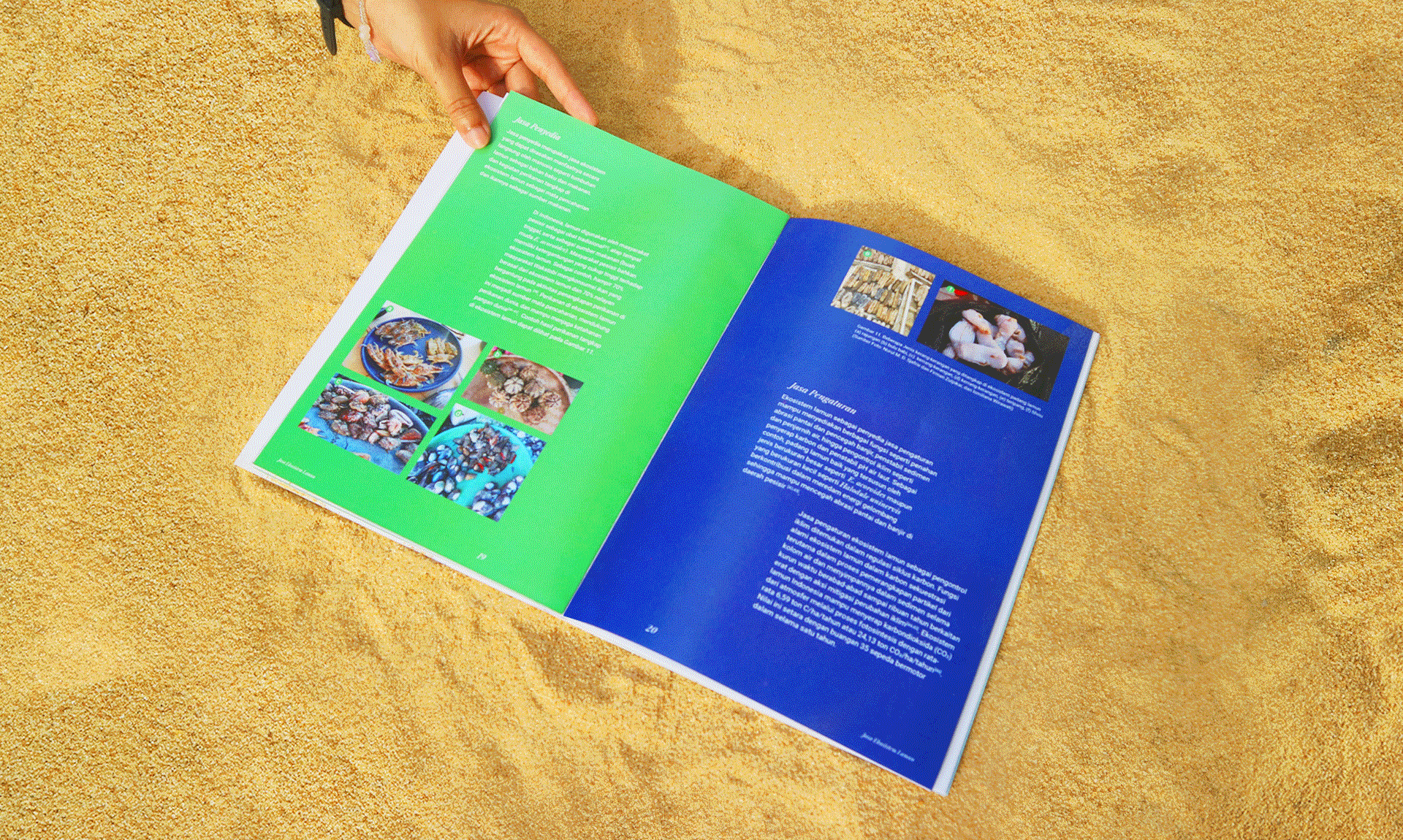
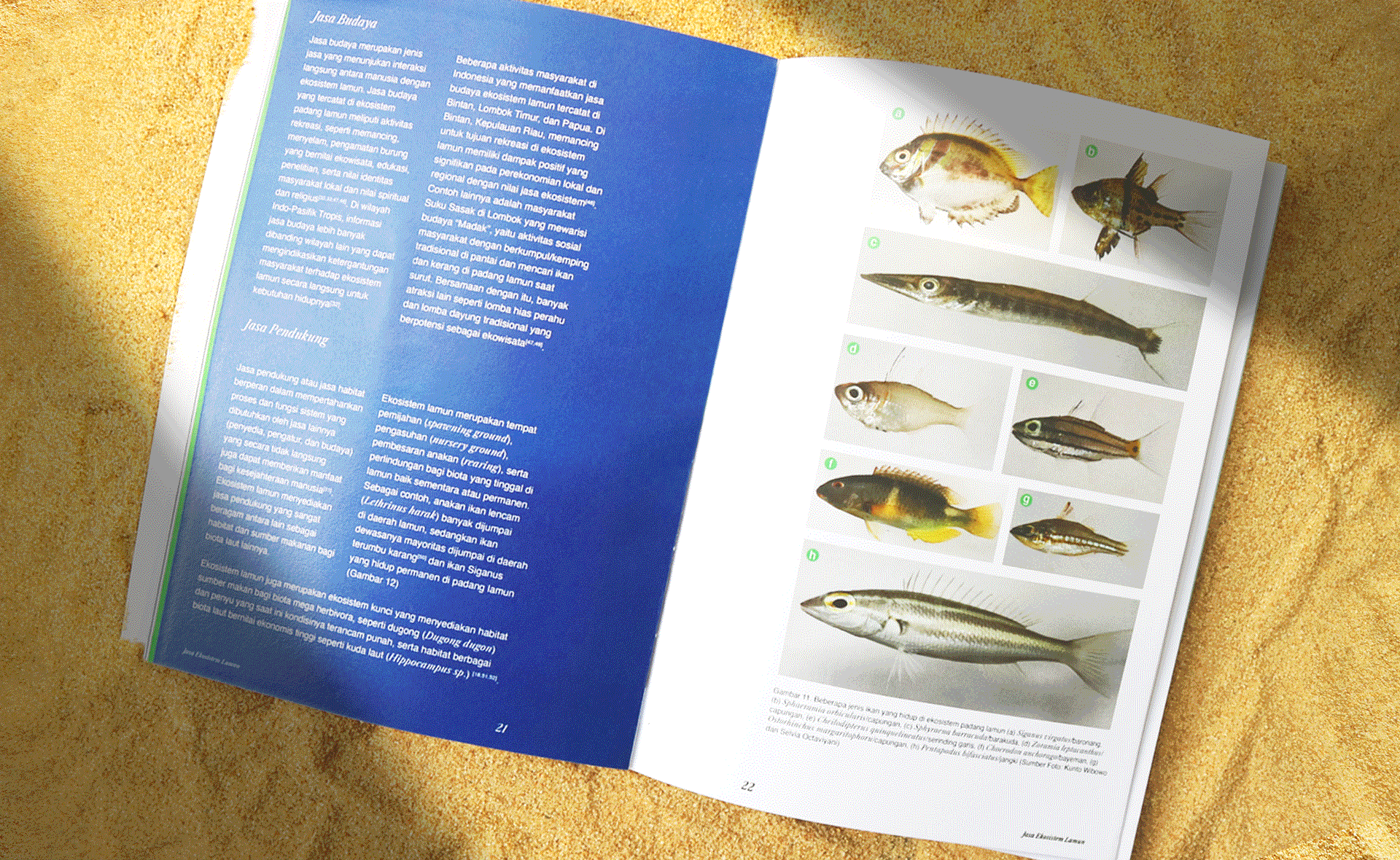
Who says professionalism has to be monotonous? When designing an annual report, you can incorporate playful elements while maintaining the report’s identity.
For example, in BRIN’s report, aside from color blocks, the fundamental layout is inspired by Swiss design principles—clean, structured, and professional. We enhanced its readability by not only relying on the same two repeated columns over and over again, instead we used white space and short narratives to add more variations, while supporting illustrations serve aesthetic purposes and create an emotional appeal for the audience.
So, not everything that follows a professional tone has to be rigidly formal. You can add a twist with elements of surprise to keep your audience engaged. After all, avoiding boredom should be a priority.
3. Readability and Legibility
Last but far from least, to sustain audience attention throughout the report, ask yourself: Is the font choice friendly enough for a long reading session?
A report that aims for decorative appeal, especially through font variations, can backfire if the composition and layout are not carefully considered. For example, blocky text meant to emphasize key points might reduce readability, making it difficult for the audience to grasp information at a glance.
Therefore, using serif fonts is a safe choice for formal documents as it always does. However, to add a fun yet professional touch, you might consider combining them with sans-serif fonts to serve a harmless twist while keeping the context and design balance in mind.
The points above might seem trivial compared to the overall content of the document. However, it’s essential to remember that the primary purpose of publishing the report in the first place is for it to be read thoroughly. Important information needs to be delivered with an effective hook to maintain audience attention and focus. Hence, seemingly small details is big enough to make an impact on your project.
You can create your own impact with us now. Tell us your needs, and we can start working on it together immediately.





